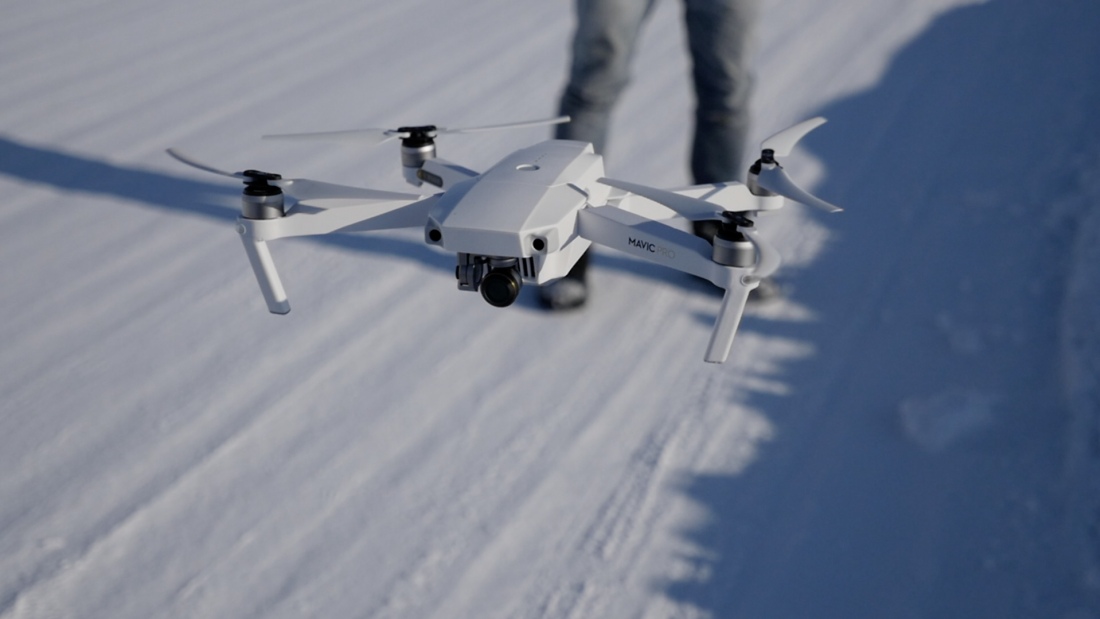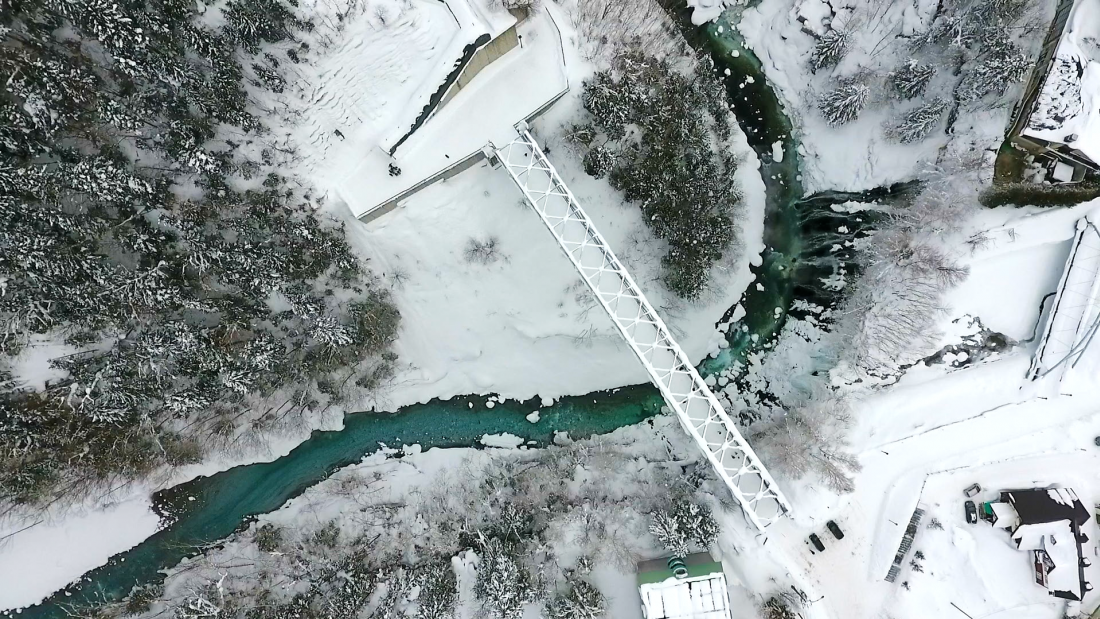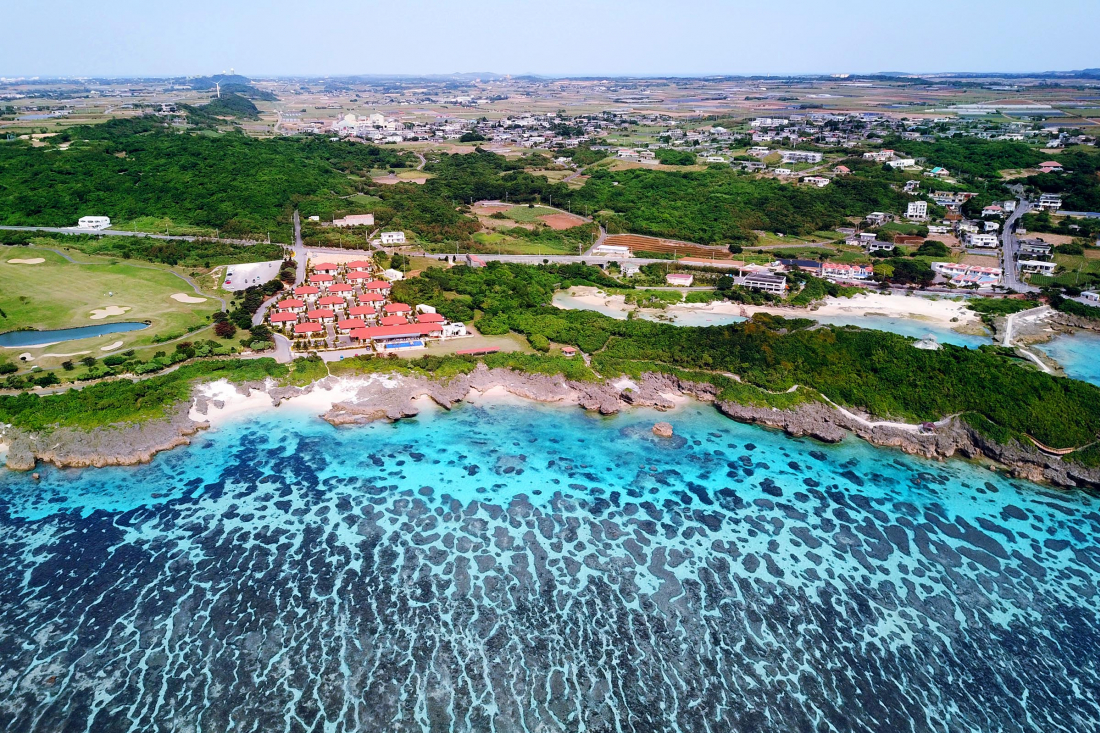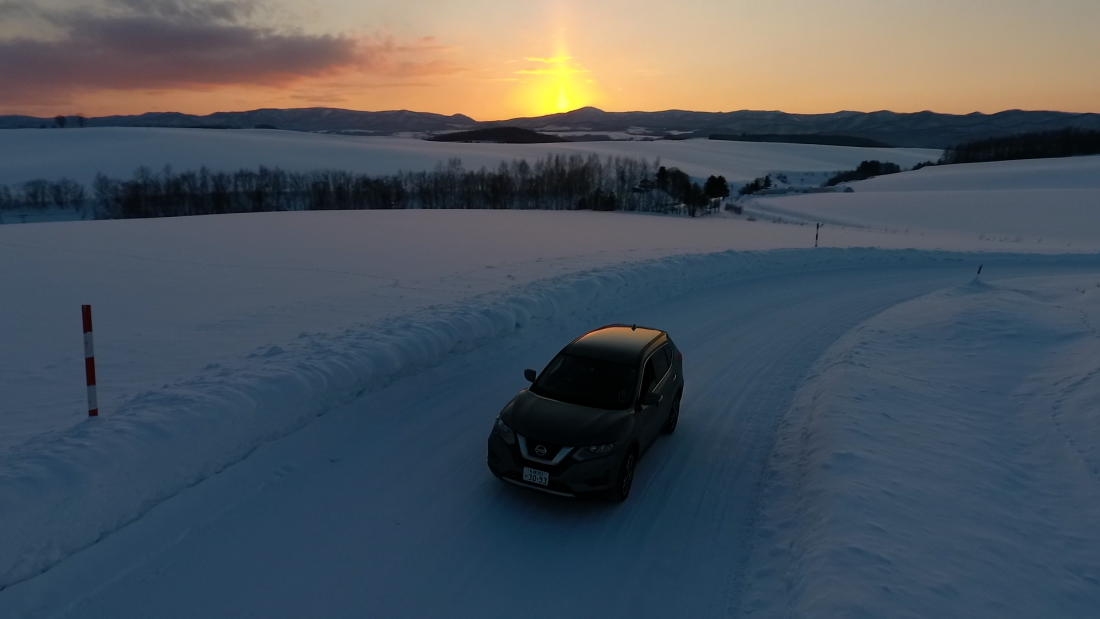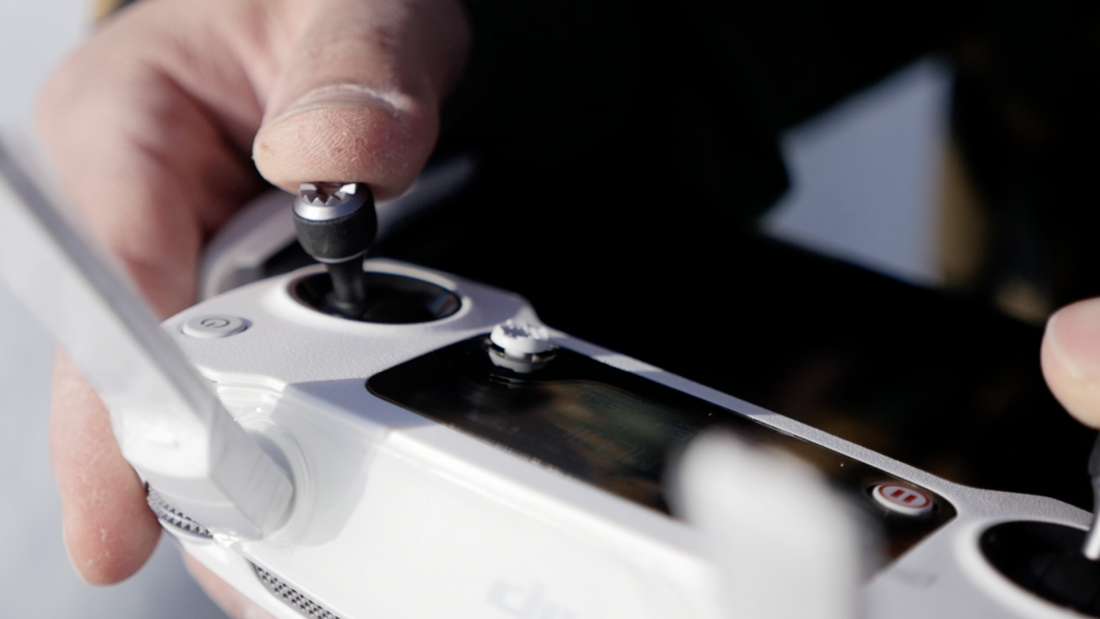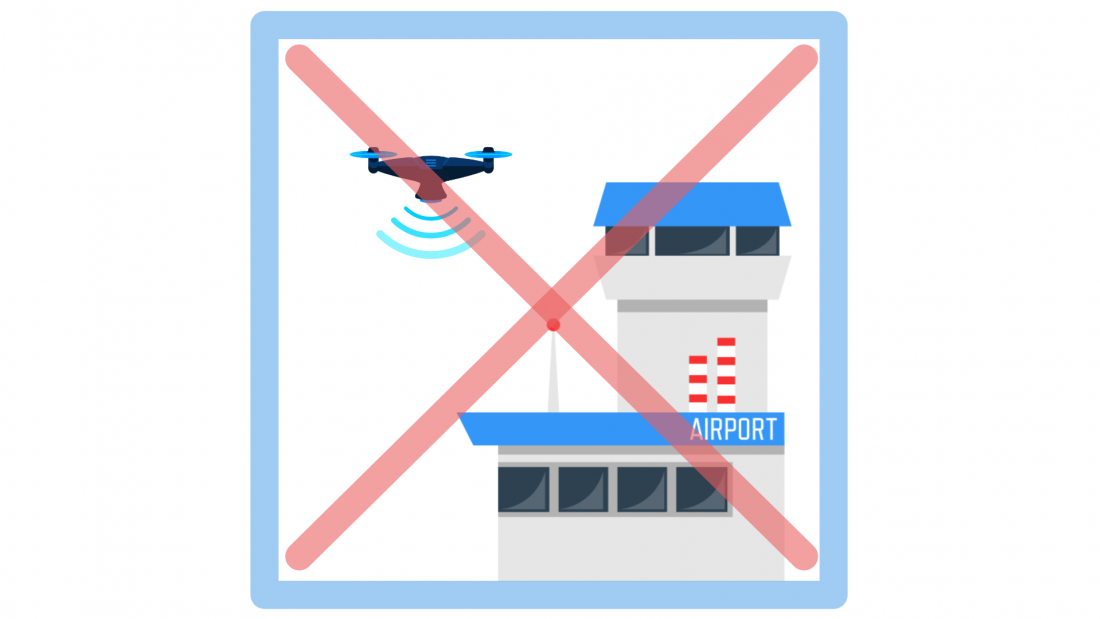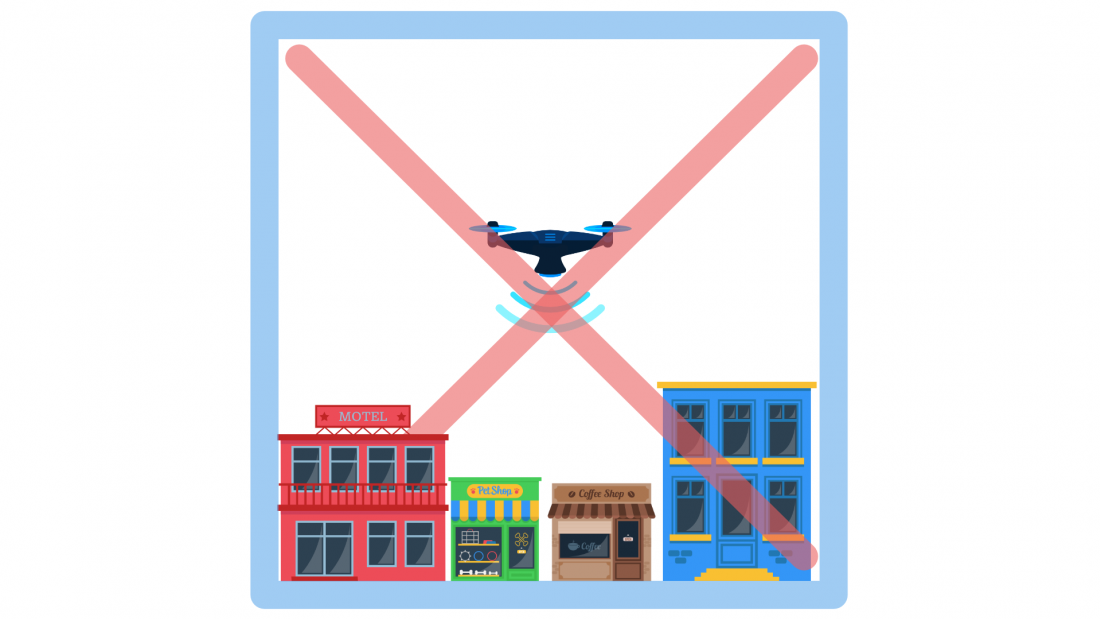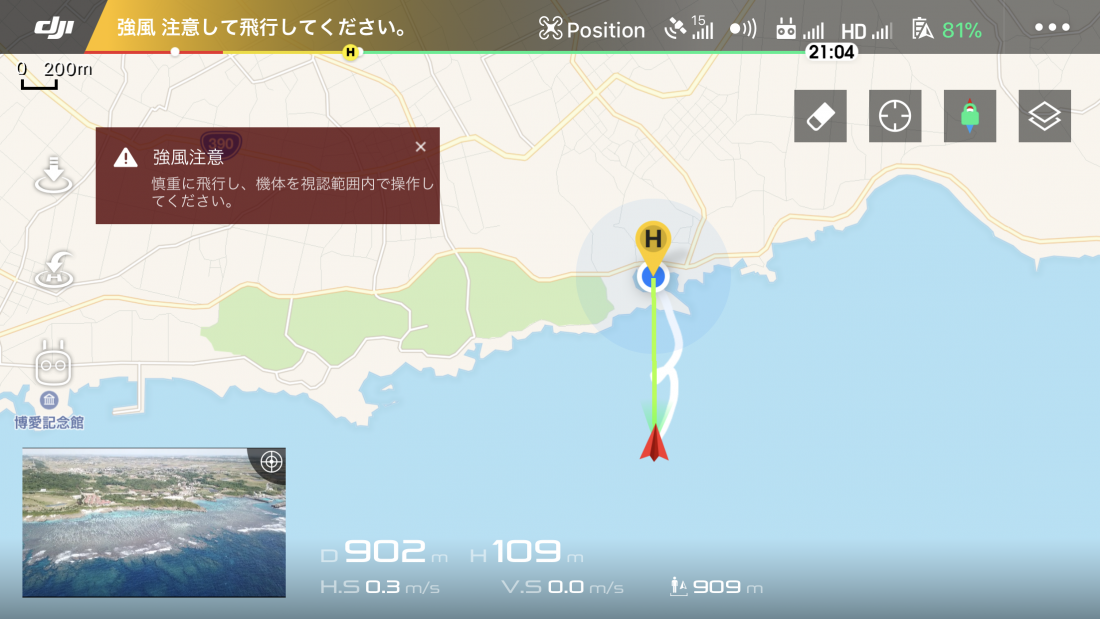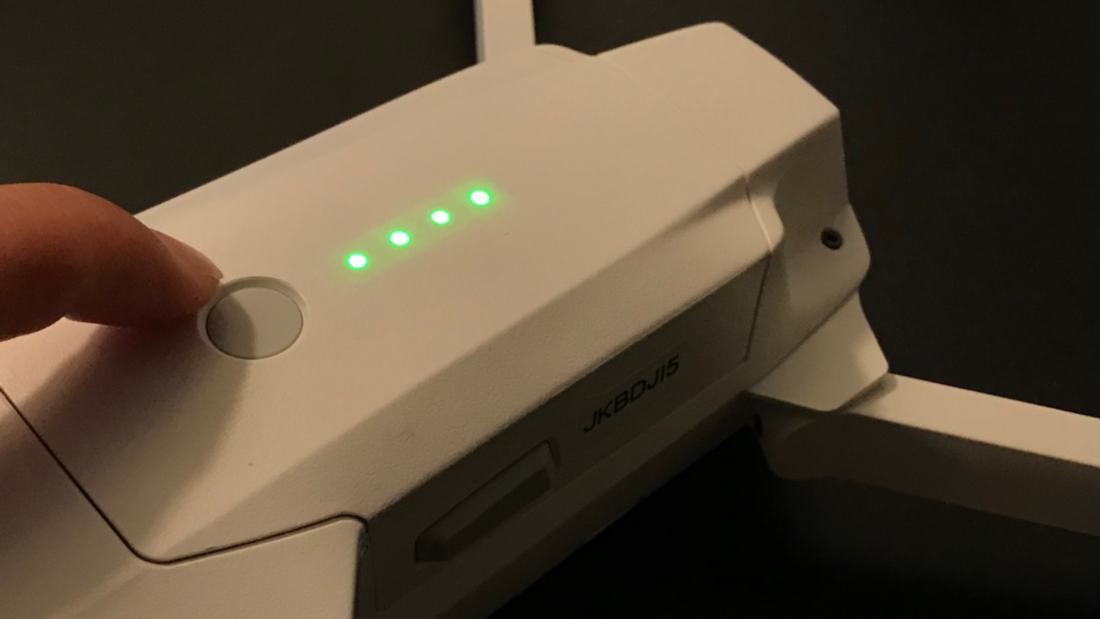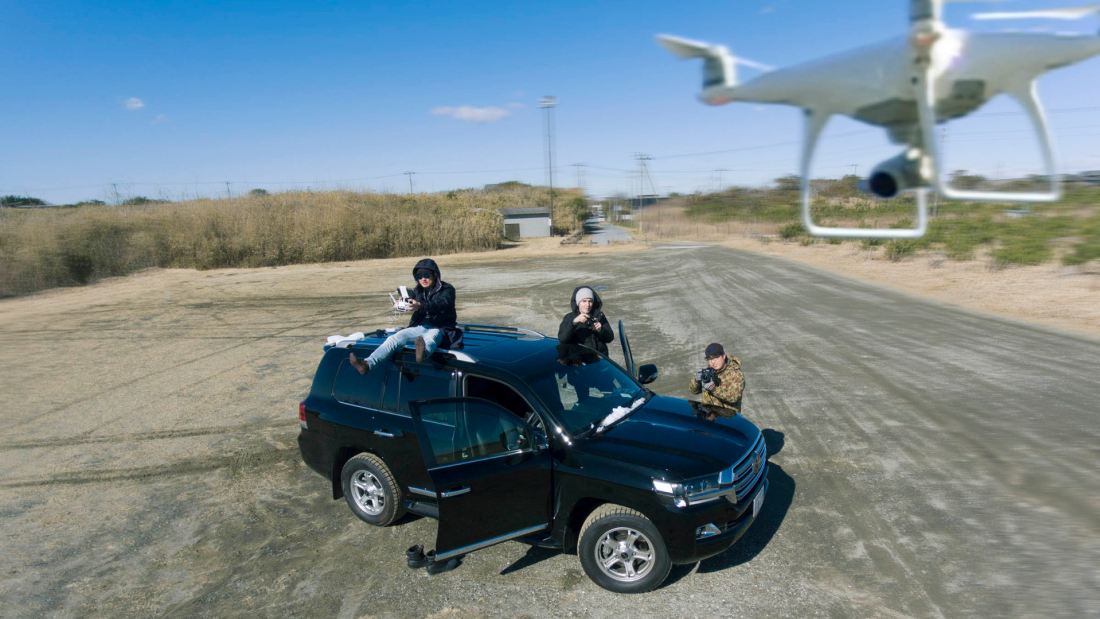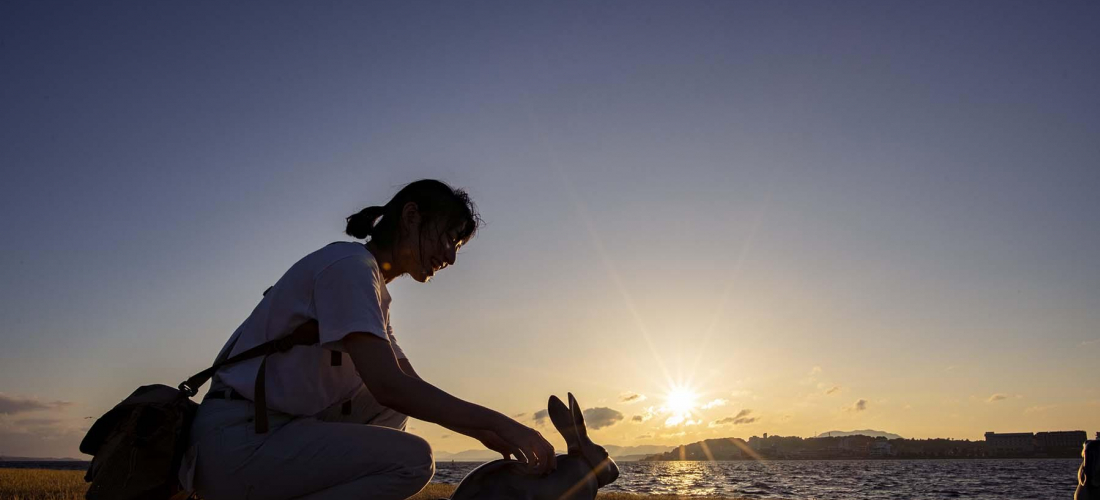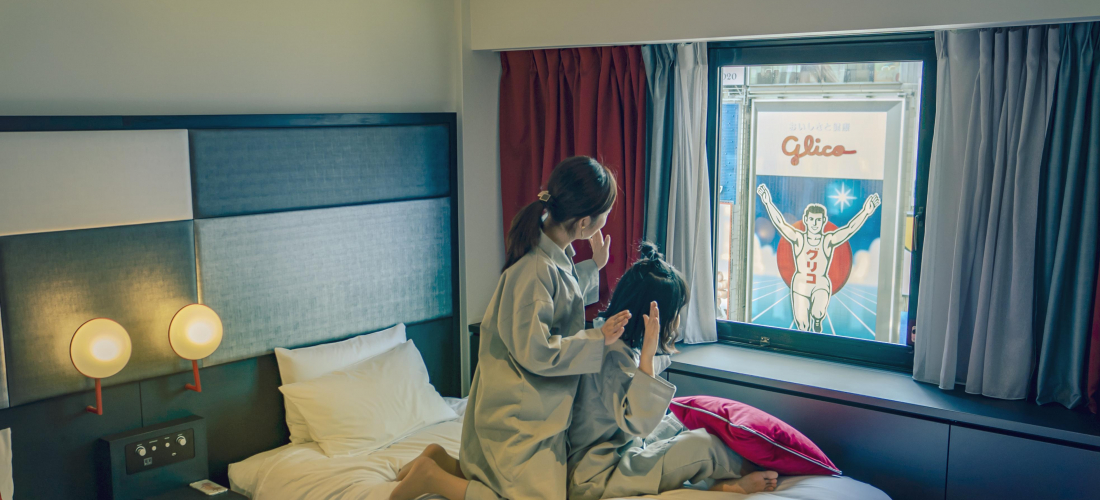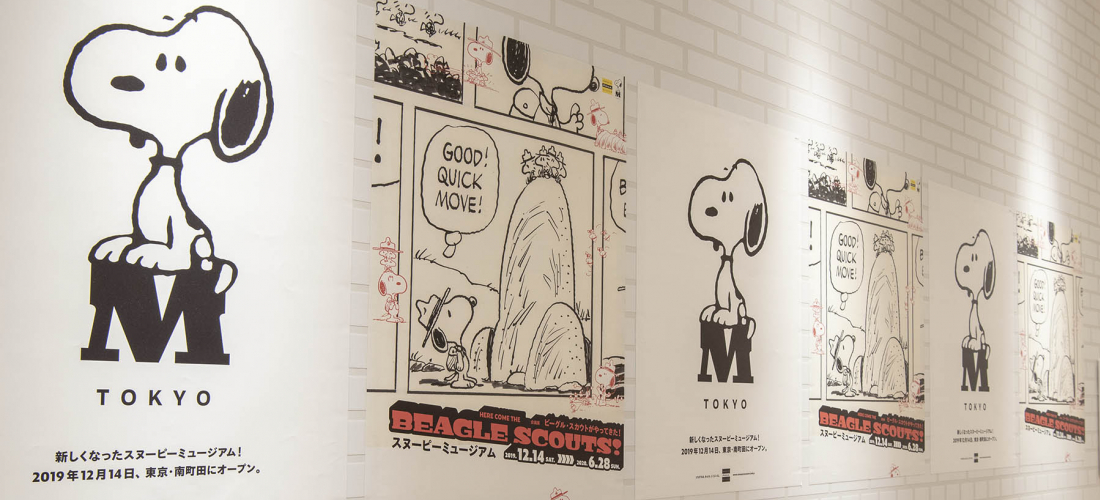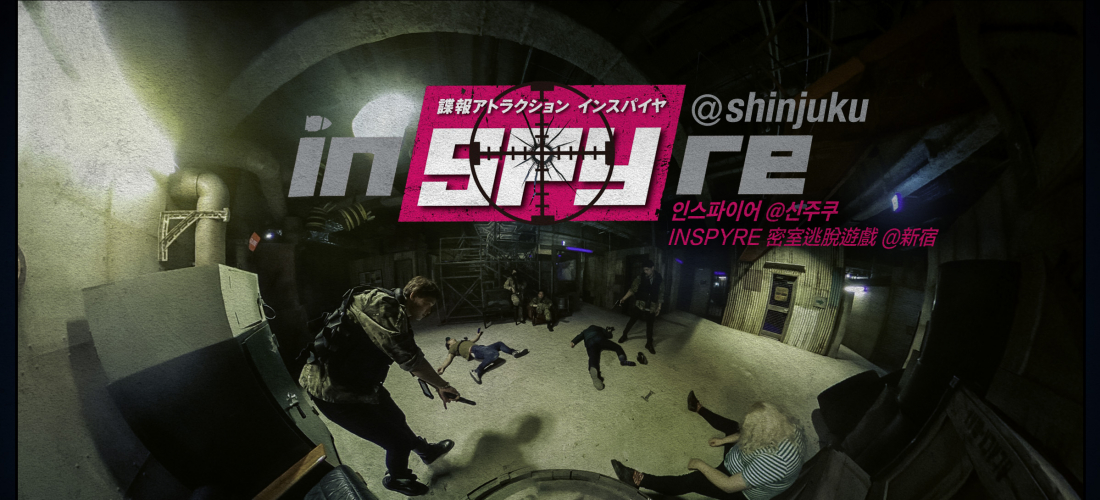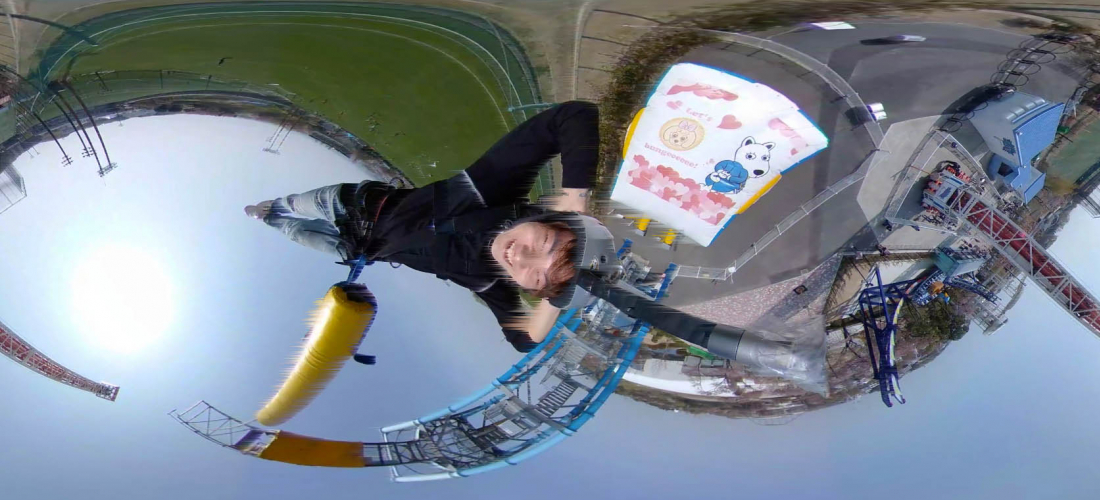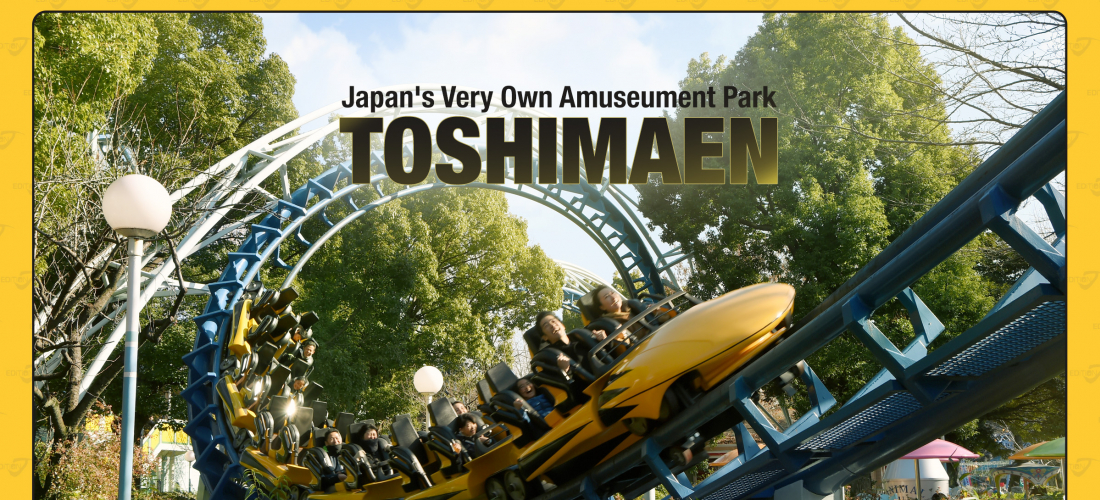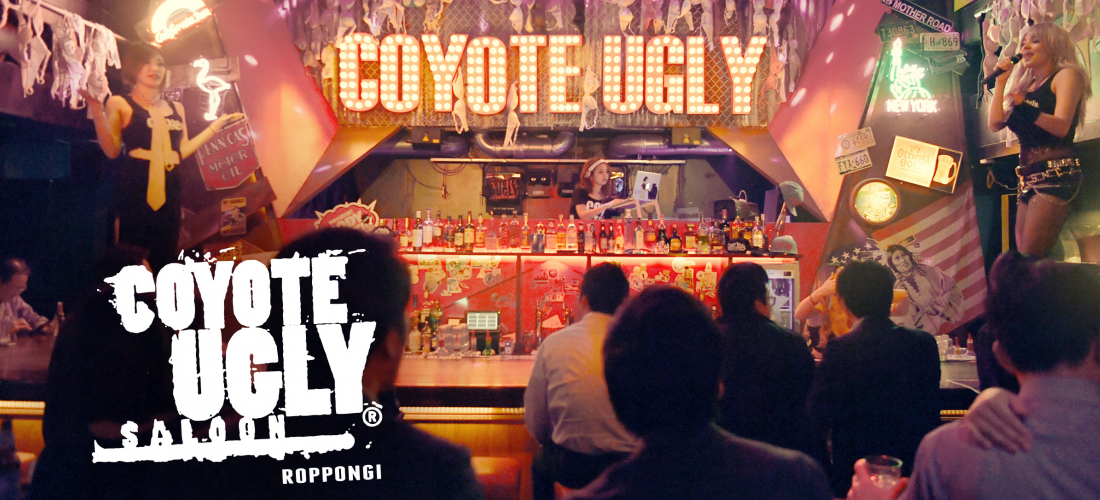CONTENTS
Une Révolution Audiovisuelle! 映像業界の革命!
Le monde de l'audiovisuel a largement évolué depuis l’arrivée des drones. Aujourd’hui le moindre spot publicitaire proposent des plans aériens et ce n’est pas tout! Aujourd’hui tout le monde peut se procurer un drone, les prix ayant drastiquement baissé ces trois dernières années.
Nous sommes passés d’un équipement professionnel à un équipement à portée de main. Le mois dernier l’annonce du Mavic AIR a marqué les esprits avec un prix inférieur à 1000€ et proposant la détection de son environnement, une vingtaine de minutes de vol ainsi qu’un enregistrement en 4K.
Cependant avec l’arrivée de ces drones à bas prix nous pouvons très certainement craindre une évolution des accidents par manque d’attention.
ドローンが誕生してから映像業界がだいぶ変わりました。現在は、簡易なショートクリップ・CMでも空中映像が使われています。
それだけではなく、この3年間でドローンの平均価格がぐんと下がって、一般の方でも買えるようになりました。プロの機材も個人が使えるようになりました。
先月発表されたDJI Mavic AIRは衝撃的な値段で、誰でも手に入れる時代になりました。
センサー機能、20分程度の空中飛行、4K映像機能が付いているドローンが10万円で買えるのは数年前からすると夢のようです。ただ誰でも簡単に買えるドローンが出てきたからこそ、ドローンによる事故が増える可能性があると思います。
① L’importance du décollage/atterissagez 離陸・着陸の注意点
Vous voici avec votre drone en main, il ne vous reste plus qu’à le faire voler : PREMIERE ERREUR! Vous êtes sûrement impatient de faire décoller votre petit bolide mais prenez le temps de vérifier le fascicule, de comprendre les paramètres et les commandes de votre engin si vous ne souhaitez pas en racheter un dans les 10 minutes qui suivent votre premier décollage.
ドローンを買って、家に帰ってすぐ試したい気持ちになったでしょう?
これは大きなの間違いです!買ったばかり新しい機材をすぐ飛ばしたい気持ちもわかりますが、一番最初に考えないといけないのは設定・操作の理解です。
説明書はもちろん、インターネットでの情報・経験者の意見をドローンを飛ばす前に聞いたほうがいいででしょう。
自分の機材を理解してから使うとより安全、より良い映像が撮れますし、離陸すぐクラッシュして、壊れてしまうなんてことには絶対なりません。
En parlant de décollage c’est certainement la partie la plus importante du vol, pourquoi? C’est au décollage mais aussi à l’atterrissage que vous risquez le plus d’heurter un obstacle et de dire au revoir à votre précieux appareil. Alors comment s’y prendre?
⦿ Décoller dans un espace libre
Avoir de l’espace est la meilleure sécurité pour éviter tout désagrément. Décoller dans un parc, au milieu d’un champ enneigé ou sur un parking abandonné…
⦿ Ne JAMAIS décoller près de lignes à haute tension
Les lignes à haute tension sont peut-être l’un des pires ennemis du vol en drone. Elles sont présentes partout et les perspectives peuvent parfois jouer des tours, soyez prévenu!
⦿ Prendre en compte votre environnement
On ne pilote jamais un drone en ville et encore moins au dessus des sites sensibles (aéroports, bases militaires, les gares ou encore les centrales nucléaires) En dehors de ces sites garder à l’esprit que de nombreux sites interdisent strictement l’utilisation de drone. Nous ne pouvons que vous conseiller de jeter un oeil à la réglementation du lieu et à obtenir des autorisations officielles.
離陸の話をすると、なぜそんなに大事かを説明したいと思います。離陸・着陸の時に周りの物にぶつかる可能性が一番高いです。そうならないようにどうやればいいですか?どうやってリスクを避けることができますか?JKで色んなルールを決めて飛ばしています。
⦿ 何もないところから飛ばしてください!
飛ばす時に周りに十分なスペースがあると問題なく飛ばせるだけではなくて、一番安全な行動です。公園・雪まみれの畑・使われていない駐車場からの離陸することで、クラッシュを避けることにつながります。
⦿ 電線があるところで絶対飛ばさないでください!
電線は自分の大切なドローンの一番の障害物です。どこでもありますし、たまに目で見えないぐらいケーブルがあります。
⦿ 環境を理解してから飛ばしてください!
人口集中地区、空港、軍隊施設、駅などの上空は基本的禁止されています。それ以外の場所でも禁止されているもしくは許可が必要なところが多いので飛ばす前にルールをちゃんと確認してからドローンの操作をしてください。
Qu'est-ce que la Licence pour Drone?
Pourquoi en 2018 encore tout le monde ignore la licence de drone?! A vrai dire au Japon, il est indispensable de posséder des autorisations pour voler au-dessus des zones sensibles comme les aéroports, les bases militaires et les zones d'habitation. Vous aurez besoin de 2 documents :
1. L'autorisation/accord de vol
2. Les accords des propriétaires du lieu que vous survolez
Vous obtiendreez l'autorisation de vol via le Ministère du Territoire, des Infrastructures, des Transports et du Tourisme
Concernant les différents accords des propriétaires, il est important de savoir que lorsque vous survolez certaines zones vous devrez avoir l'accord non seulement des propriétaires mais aussi par fois des autorités locales qui gèrent ou s'occupent de la zone.
Nous évoquerons ce sujet plus en détails dans un prochain article.
ドローン免許証?
2018年現在、日本でドローン免許証どうして人々はみな無視します。ふふふ、日本で許可が必要な空港周辺の軍事施設周辺駅周辺や人口密集地域でドローンを飛ばしために必要なのは2つあります。
1.無人航空機の飛行に関する許可・承認
2.施設の管理者の許可
上記2つの方法があります。
1番日本国の国土交通省から受けるだろうし、2回の飛行当該区域の各施設の許可を受けることです。
飛行禁止区域を飛行する場合、無条件1回が必要です。そして国道上を飛行する場合には警察庁の許可が必要。温泉施設の上を飛んでいる場合には温泉ホテルの許可が必要そのような概念でしょう。 1回の申請に関しては、かなりのテーマがカーカルんですけど(時間かかるという話です)代行してくれる行政書士もあり、実際の私は1番所持しており、2回を撮影するたびに許可されて撮影している状況です。
この部分は、別の記事で詳しく取り上げる予定です。
② Choisir son altitude 高さをちゃんと考えて!
La règle veut de faire voler son drone à une altitude précise. La règle change suivant les pays, ce que vous survolez et les autorisations locales. C’est parfois très compliqué de choisir son altitude mais nous sommes convaincu que le principal et de le faire voler à une altitude correcte.
⦿ En basse altitude (-50 mètres) → garder toujours un oeil sur votre drone. Les obstacles (arbres, falaises, poteaux) sont présents partout. Si vous avez toujours l’oeil sur votre drone vous risquez beaucoup moins.
⦿ En haute altitude (+50 mètres) → au dessus de cette altitude vous avez très peu de chance d’apercevoir votre engin. Votre seul indicateur est donc votre caméra et la connaissance de l’environnement. Il est parfois interdit de voler au dessus de 150 mètres même si dans certains cas c’est la solution la plus sécuritaire.
La règle au Japon veut de
❶ ne pas dépasser les 150 mètres
❷ ne pas survoler des zones sensibles
❸ ne pas survoler des zones de hautes concentration de population
Bref restez prudent!
日本だけではなくて他の国でもドローンを飛行の高さが決められています。国によって高さなどが変わるのでご注意ください。たまに高さを決めることは難しいので安全な高さで飛ばすことは一番大事だと我々が思います。
⦿ 低い高さ (50メートル以下) → その高さだとドローンから目を外したら危なくなるので十分気をつけてください。木、電線、山・岡などの障害物が色々あるのでドローンが目で見えるぐらいの高さだと事故を避けることができます。
⦿ 高い高さ (50メートル以上) → それ以上の高さで目で見えなくなるのでカメラが環境を確かめの上操作してください。カメラの他にも飛ばす前に環境の理解も大事だと思うのでよく分からないところに飛行しないほうが安全です。
日本のルールだと
❶ 空港周辺
❷150m以上の上空
❸人家密集地域 が禁止されています。
Si il y a bien un paramètre que vous devez prendre en compte lorsque vous faites décoller votre drone est votre indicateur de batterie. Chacun fera comme il le souhaite mais nous préférons avoir un bon stock de batterie et décoller plusieurs fois que d’utiliser 95% de notre batterie et risquer de ne jamais revoir notre drone.
リモコン上での表示が1つしか選択できない場合は、必ずバッテリー表示にしましょう。これが、一番大切です。操作する人はみんなそれぞれだと思いますが、バッテリーを全部使うより余裕を持って早めに戻した方がいいと我々が思います。
Libre à vous de vous fixer une règle mais nous pensons réellement qu’il est important de fixer une limite de batterie pour ramener votre drone à son emplacement initial. Dans notre cas viser entre 30% et 35% de batterie restante n’a jamais posé de problème. En deux mots, pourquoi se fixer cette limite?
⦿ Le trajet jusqu’à la base peut parfois prendre un certain temps et vos batteries ne vont pas vous attendre
⦿ Le vent peut parfois être un ennemi fatale. Nous en avons déjà fait les frais. Parfois avec toute la volonté du monde votre drone ne voudra pas retourner à sa base à cause du vent. Dans ce cas deux solution de secours s’offrent à vous (1. Retournez votre drone grâce à votre bouton ‘Home’ soit sur votre téléphone, soit sur votre joystick, 2. Jouez avec le vent pour le faire atterrir à un autre endroit)
Ceci étant dit la sécurité est de rigueur à chaque moment. Un drone n’est pas un jouet et même si les prix ont baissé personne ne peut se perdre de le faire tomber. Restez prudent et profiter de cette technologie exceptionnelle pour améliorer la qualité de vos vidéos.
ドローンを無事に回収するためには、バッテリーの最低レベルを決めておくことがとても大事だと思います。私たちがのバッテリー残30〜35%を設定していて、今まで事故ることはほとんどありませんでした。
もちろんその代わりにバッテリーの数を多めに確保しなければいけませんが、バッテリーの値段はドローン修理に比べると全然安いです。しかし、なぜバッテリーがあるのに戻さないといけないのかという疑問が出てくるかもしれません。
⦿自分の元までの飛行時間を忘れてはいけないから
⦿風でドローンを戻すことができないことがあるから→
私たちもそういう経験がありました!どうしても自分の方向にドローンを戻すことができない場合は、2つのやり方があります。
(1. リモコンか携帯のホームボタンで戻すこと。2. 風の流れに沿って着地させるにすること
長い記事になりましたが、まとめていうと安全第一!ドローンはおもちゃではありませんし、クラッシュすることを絶対避けないといけません。十分注意すれば何の問題もなく、素敵な素材が撮れるので、この技術を上手く使って自分の映像をワンランク上にしてみてください。
Restez connectés pour de nouveaux articles originaux tous les jours sur JAPANKURU🐶.
N'hésitez pas à nous suivre également sur nos réseaux Facebook et Instagram pour plus d'histoires japonaises!
COMMENT
FEATURED MEDIA
VIEW MORE 
A New Tokyo Animal Destination: Relax & Learn About the World’s Animals in Japan
#pr #japankuru #anitouch #anitouchtokyodome #capybara #capybaracafe #animalcafe #tokyotrip #japantrip #카피바라 #애니터치 #아이와가볼만한곳 #도쿄여행 #가족여행 #東京旅遊 #東京親子景點 #日本動物互動體驗 #水豚泡澡 #東京巨蛋城 #เที่ยวญี่ปุ่น2025 #ที่เที่ยวครอบครัว #สวนสัตว์ในร่ม #TokyoDomeCity #anitouchtokyodome

Shohei Ohtani Collab Developed Products & Other Japanese Drugstore Recommendations From Kowa
#pr #japankuru
#kowa #syncronkowa #japanshopping #preworkout #postworkout #tokyoshopping #japantrip #일본쇼핑 #일본이온음료 #오타니 #오타니쇼헤이 #코와 #興和 #日本必買 #日本旅遊 #運動補充能量 #運動飲品 #ช้อปปิ้งญี่ปุ่น #เครื่องดื่มออกกำลังกาย #นักกีฬา #ผลิตภัณฑ์ญี่ปุ่น #อาหารเสริมญี่ปุ่น

도쿄 근교 당일치기 여행 추천! 작은 에도라 불리는 ‘가와고에’
세이부 ‘가와고에 패스(디지털)’ 하나면 편리하게 이동 + 가성비까지 완벽하게! 필름카메라 감성 가득한 레트로 거리 길거리 먹방부터 귀여움 끝판왕 핫플&포토 스폿까지 총집합!
Looking for day trips from Tokyo? Try Kawagoe, AKA Little Edo!
Use the SEIBU KAWAGOE PASS (Digital) for easy, affordable transportation!
Check out the historic streets of Kawagoe for some great street food and plenty of picturesque retro photo ops.
#pr #japankuru #도쿄근교여행 #가와고에 #가와고에패스 #세이부패스 #기모노체험 #가와고에여행 #도쿄여행코스 #도쿄근교당일치기 #세이부가와고에패스
#tokyotrip #kawagoe #tokyodaytrip #seibukawagoepass #kimono #japantrip

Hirakata Park, Osaka: Enjoy the Classic Japanese Theme Park Experience!
#pr #japankuru #hirakatapark #amusementpark #japantrip #osakatrip #familytrip #rollercoaster #retrôvibes #枚方公園 #大阪旅遊 #關西私房景點 #日本親子旅行 #日本遊樂園 #木造雲霄飛車 #히라카타파크 #สวนสนุกฮิราคาตะพาร์ค

🍵Love Matcha? Upgrade Your Matcha Experience With Tsujiri!
・160년 전통 일본 말차 브랜드 츠지리에서 말차 덕후들이 픽한 인기템만 골라봤어요
・抹茶控的天堂!甜點、餅乾、飲品一次滿足,連伴手禮都幫你列好清單了
・ส่องมัทฉะสุดฮิต พร้อมพาเที่ยวร้านดังในอุจิ เกียวโต
#pr #japankuru #matcha #matchalover #uji #kyoto #japantrip #ujimatcha #matchalatte #matchasweets #tsujiri #말차 #말차덕후 #츠지리 #교토여행 #말차라떼 #辻利抹茶 #抹茶控 #日本抹茶 #宇治 #宇治抹茶 #日本伴手禮 #抹茶拿鐵 #抹茶甜點 #มัทฉะ #ของฝากญี่ปุ่น #ชาเขียวญี่ปุ่น #ซึจิริ #เกียวโต

・What Is Nenaito? And How Does This Sleep Care Supplement Work?
・你的睡眠保健品——認識「睡眠茶氨酸錠」
・수면 케어 서플리먼트 ‘네나이토’란?
・ผลิตภัณฑ์เสริมอาหารดูแลการนอน “Nenaito(ネナイト)” คืออะไร?
#pr #japankuru #sleepcare #japanshopping #nenaito #sleepsupplement #asahi #睡眠茶氨酸錠 #睡眠保健 #朝日 #l茶胺酸 #日本藥妝 #日本必買 #일본쇼핑 #수면 #건강하자 #네나이토 #일본영양제 #อาหารเสริมญี่ปุ่น #ช้อปปิ้งญี่ปุ่น #ร้านขายยาญี่ปุ่น #ดูแลตัวเองก่อนนอน #อาซาฮิ

Japanese Drugstore Must-Buys! Essential Items from Hisamitsu® Pharmaceutical
#PR #japankuru #hisamitsu #salonpas #feitas #hisamitsupharmaceutical #japanshopping #tokyoshopping #traveltips #japanhaul #japantrip #japantravel

Whether you grew up with Dragon Ball or you just fell in love with Dragon Ball DAIMA, you'll like the newest JINS collab. Shop this limited-edition Dragon Ball accessory collection to find some of the best Dragon Ball merchandise in Japan!
>> Find out more at Japankuru.com! (link in bio)
#japankuru #dragonball #dragonballdaima #animecollab #japanshopping #jins #japaneseglasses #japantravel #animemerch #pr

This month, Japankuru teamed up with @official_korekoko to invite three influencers (originally from Thailand, China, and Taiwan) on a trip to Yokohama. Check out the article (in Chinese) on Japankuru.com for all of their travel tips and photography hints - and look forward to more cool collaborations coming soon!
【橫濱夜散策 x 教你怎麼拍出網美照 📸✨】
每次來日本玩,是不是都會先找旅日網紅的推薦清單?
這次,我們邀請擁有日本豐富旅遊經驗的🇹🇭泰國、🇨🇳中國、🇹🇼台灣網紅,帶你走進夜晚的橫濱!從玩樂路線到拍照技巧,教你怎麼拍出最美的夜景照。那些熟悉的景點,換個視角說不定會有新發現~快跟他們一起出發吧!
#japankuru #橫濱紅磚倉庫 #汽車道 #中華街 #yokohama #japankuru #橫濱紅磚倉庫 #汽車道 #中華街 #yokohama #yokohamaredbrickwarehouse #yokohamachinatown

If you’re a fan of Vivienne Westwood's Japanese designs, and you’re looking forward to shopping in Harajuku this summer, we’ve got important news for you. Vivienne Westwood RED LABEL Laforet Harajuku is now closed for renovations - but the grand reopening is scheduled for July!
>> Find out more at Japankuru.com! (link in bio)
#japankuru #viviennewestwood #harajuku #omotesando #viviennewestwoodredlabel #viviennewestwoodjapan #비비안웨스트우드 #오모테산도 #하라주쿠 #日本購物 #薇薇安魏斯伍德 #日本時尚 #原宿 #表參道 #japantrip #japanshopping #pr

Ready to see TeamLab in Kyoto!? At TeamLab Biovortex Kyoto, the collective is taking their acclaimed immersive art and bringing it to Japan's ancient capital. We can't wait to see it for ourselves this autumn!
>> Find out more at Japankuru.com! (link in bio)
#japankuru #teamlab #teamlabbiovortex #kyoto #kyototrip #japantravel #artnews
Photos courtesy of teamLab, Exhibition view of teamLab Biovortex Kyoto, 2025, Kyoto ® teamLab, courtesy Pace Gallery

Japanese Makeup Shopping • A Trip to Kamakura & Enoshima With Canmake’s Cool-Toned Summer Makeup
#pr #canmake #enoshima #enoden #에노시마 #캔메이크 #japanesemakeup #japanesecosmetics

⚔️The Robot Restaurant is gone, but the Samurai Restaurant is here to take its place. Check it out, and don't forget your coupon!
🍣신주쿠의 명소 로봇 레스토랑이 사무라이 레스토랑으로 부활! 절찬 쿠폰 발급중
💃18歲以上才能入場的歌舞秀,和你想的不一樣!拿好優惠券去看看~
#tokyo #shinjuku #samurairestaurant #robotrestaurant #tokyotrip #도쿄여행 #신주쿠 #사무라이레스토랑 #이색체험 #할인이벤트 #歌舞伎町 #東京景點 #武士餐廳 #日本表演 #日本文化體驗 #japankuru #japantrip #japantravel #japanlovers #japan_of_insta

Japanese appliance & electronics shopping with our KOJIMA x BicCamera coupon!
用JAPANKURU的KOJIMA x BicCamera優惠券買這些正好❤️
코지마 x 빅 카메라 쿠폰으로 일본 가전 제품 쇼핑하기
#pr #japankuru #japanshopping #kojima #biccamera #japaneseskincare #yaman #dji #osmopocket3 #skincaredevice #日本購物 #美容儀 #相機 #雅萌 #日本家電 #일본여행 #면세 #여행꿀팁 #일본쇼핑리스트 #쿠폰 #일본쇼핑 #일본브랜드 #할인 #코지마 #빅카메라 #japankurucoupon


